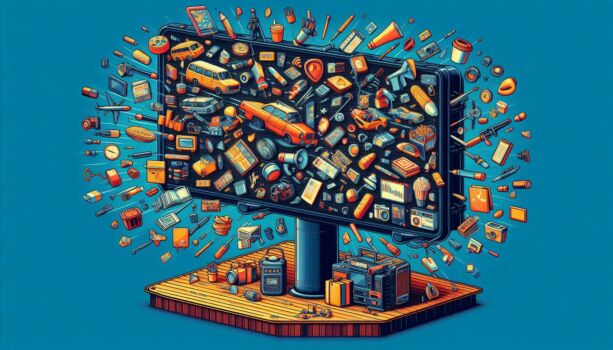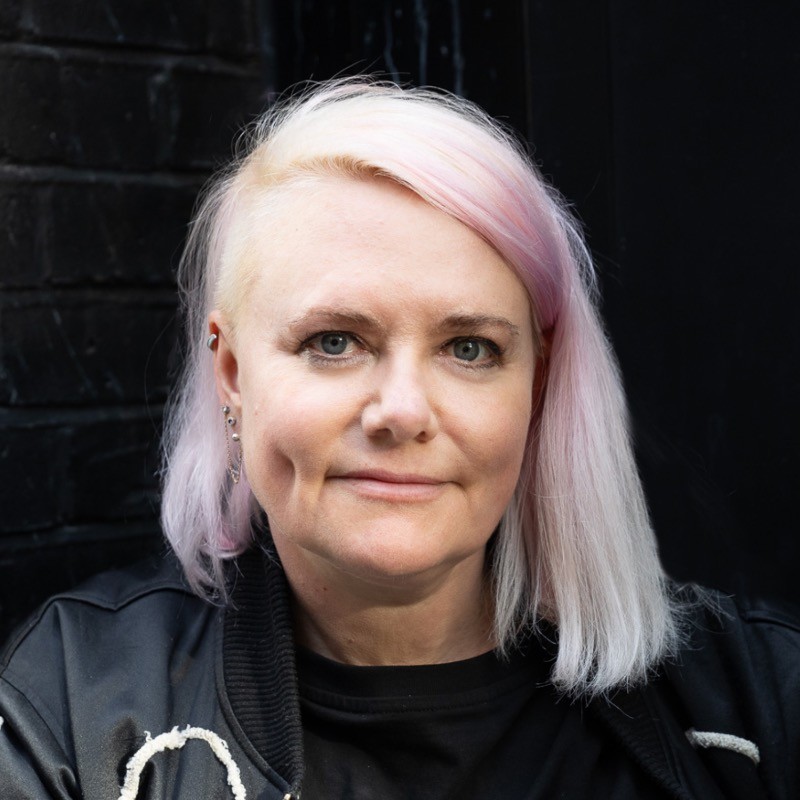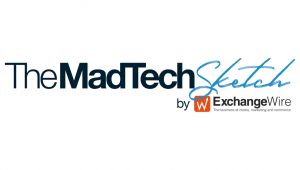Unlocking the Potential of pDOOH: Why Creative Agencies Need to Step Up
by on 24th Feb 2025 in News

In the first of our series on pDOOH and independent agencies in association with JCDecaux, we met Laura Jordan Bambach of Uncharted to discuss the potential of OOH and why creative agencies need to harness it properly.
How has the rise of programmatic digital out-of-home (pDOOH) influenced the targeting and personalisation capabilities in outdoor advertising?
As yet pDOOH is a very under exploited medium. Given the myriad data sources that could be leveraged to create dynamic, contextually interesting creative, it’s a bit disappointing that the opportunity is still not being maximised. There is SO much technology underpinning OOH now, and the potential is only really beginning to be realised.
The tools we have in pDOOH are constantly being refreshed and the R&D teams at the media owners are constantly innovating. It’s creatively exciting and can drive real growth, but not unless agencies ideate around what’s possible, and clients pay for the extra production/media costs of its use. These costs can’t come at the cost of a strong brand and creative idea, and the money to deliver quality output. One well crafted strong brand creative OOH is better than multiple/dynamic poorly executed pDOOH at the same price.
Of course, effective pDOOH is possible without multiple creative variations, if that’s not something that’s possible within your budget, you just have to be smart about the data that you use to trigger activation based on audience proliferation.
How is the integration of real-time data in pDOOH helping brands engage with consumers in more dynamic and contextually relevant ways?

There are huge amounts of live data sources and other dynamic inputs to play with to make more contextual, effective, and playful creative, and to serve them at more interesting contextual moments. Our pDOOH ads for Rick Astley were a good example of doing something differently – rickrolling Manchester city centre to surprise and delight fans.
This challenge in doing good pDOOH work is partly driven by a lack of knowledge at the creative agency side, regarding what data could be used to inform the creative. Media owners speak to media agencies, the knowledge needs to filter across to more creative agencies and into creative departments.
That is something that creative agencies and media owners could work harder to fix with more collaboration up front.
How is the growth of pDOOH shaping the future of cross-channel advertising strategies, particularly in terms of connecting digital and physical environments?
The connection between digital and physical environments is exciting, but we need to be wary as people are in different emotional and behavioural spaces interacting with pDOOH or digital/mobile. Our audiences expectations of what data we have access to in a public space vs privacy concerns need careful consideration when developing connected work. What feels helpful in digital can feel creepy in pDOOH.
OOH is a public, shared experience that should always surprise and it’s such a visual medium, it would be a mistake to remove exposure to something truly delightful and replace it with something so personalised it’s like looking at your phone screen. OOH impact is partly about having a shared experience, and while you’re out and about you’re often in discovery mode.
What tips would you give to someone looking to run their first pDOOH campaign?
Before you start, take the time to understand the data sources and technologies available to ensure you are using the right tools effectively. Engaging a creative expert from your media agency, if available, can help you explore more innovative and compelling directions. However, while creativity and novelty are valuable, never compromise on quality—strong execution should always be the priority.











Follow ExchangeWire